News
Riverkeeper investigates lack of Lick Creek NOVs
Environmental, Neuse River Watershed, Sound Rivers, Stormwater Issues, Water Quality
Posted on September 5th, 2024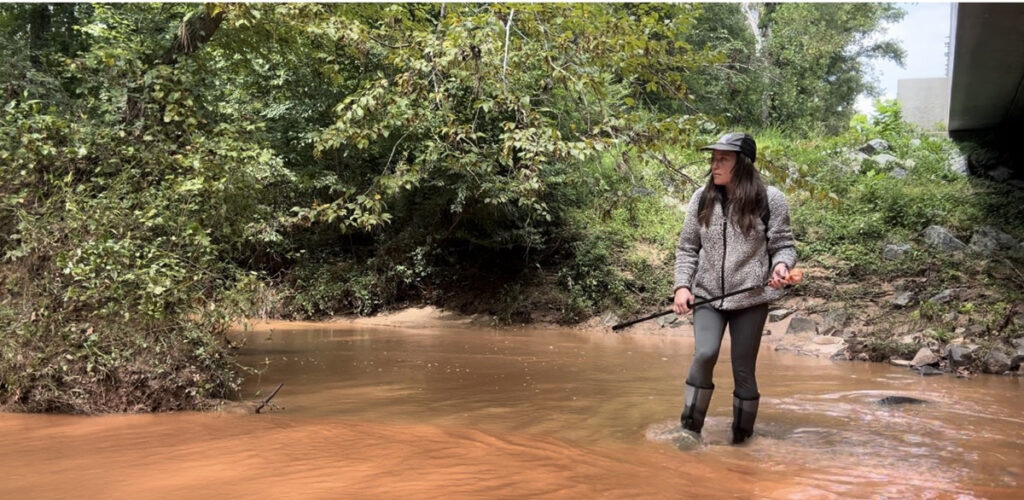
Neuse Riverkeeper Samantha Krop wades in Lick Creek.
Durham County’s inspection reports of construction projects in the Lick Creek watershed show an alarming indifference to sediment pollution, according to Neuse Riverkeeper Samantha Krop.
“In the public records we requested from the North Carolina Department of Environmental Quality, there is a lack of notices of violation for sites that we know are polluting,” Samantha said. “There are 32 active construction sites in this small, 22.9-square-mile watershed, and dozens of them are regularly out of compliance with sediment and erosion control standards.”
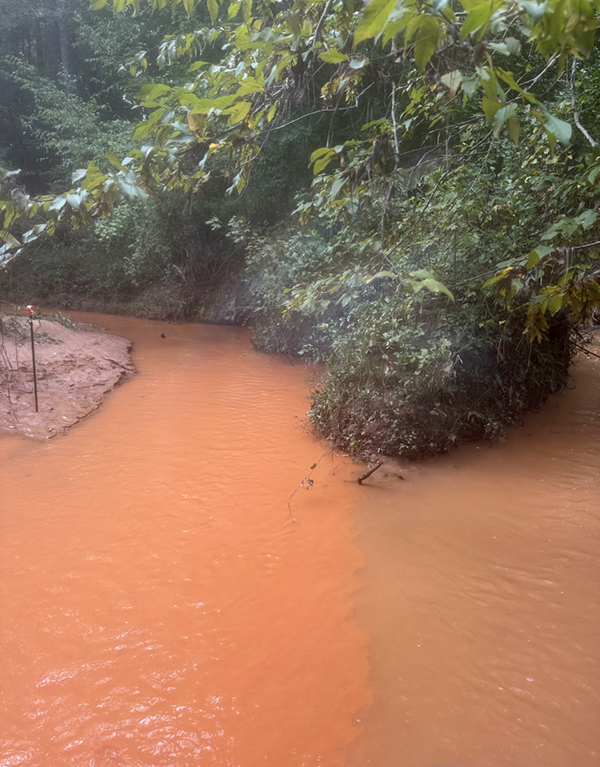
Samantha has been tracking sediment pollution in the Lick Creek watershed in southeast Durham for more than two years. The extreme turbidity — the amount of soil particles suspended in the water — has been attributed to stormwater runoff from hundreds of acres of surrounding land cleared to make way for new housing developments.
“In the first six months of the year, out of the 32 active construction projects in the Lick Creek watershed, only three of those sites received notices of violations despite the fact that dozens were out of compliance,” Samantha said. “In their inspection reports, we can see all of these places where it was noted they were out of compliance — in some cases, the developer was out of compliance for three, four or more inspections in a row — and no notice of violation was issued.”
A notice of violation can bring with it a civil penalty of up to $5,000 for non-compliance with sediment and erosion control standards. According to the public records Samantha received from NCDEQ, none of the three civil penalties issued to developers in the Lick Creek watershed earlier this year was more than $1,000.
“I think our regulators are too easy on these developers and contractors,” Samantha said. “For these developers with multi-million-dollar budgets, $1,000 means nothing to them.”
The cost to the environment, however, is much steeper, she said.
“We’ve got these significant environmental costs that we’ve been documenting for over two years, and we’re not asking developers to pay their fair share, even when they’re known polluters,” Samantha said. “The cumulative impacts cannot be overstated.”
On Wednesday, Samantha made a trip out to Lick Creek — a tributary of the drinking water source for millions of Raleigh residents, Falls Lake — to do more sampling.
“It rained an inch and a half on Saturday, so it was four days after a rain, and you could see where dirty water is just flowing off their sites, from their sediment basins into the creeks,” she said. “The problem is persisting and maybe even getting worse.”
Like the work your Riverkeepers are doing? So do we! Donate today to support their efforts in the lab and in the field!
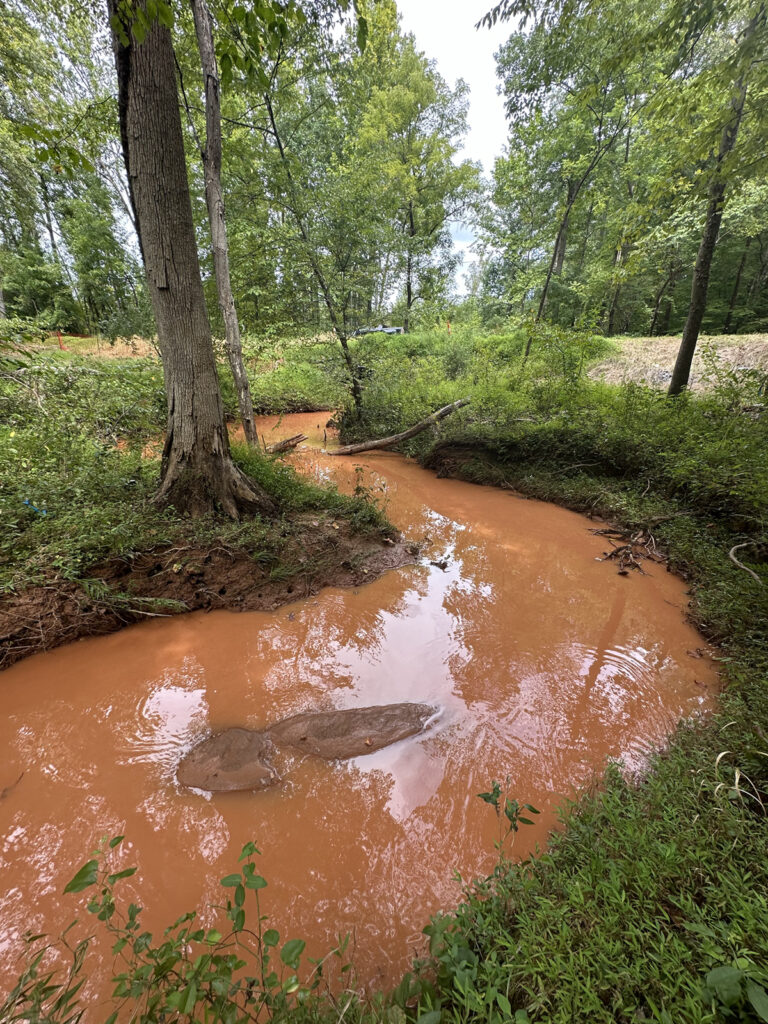
Related News

Data center subject of Riverkeeper, county manager meeting
January 15th 2026

New tool determines best projects to minimize flood risk
January 15th 2026
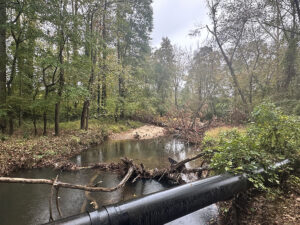
Sound Rivers set for newest trash trap install
January 15th 2026
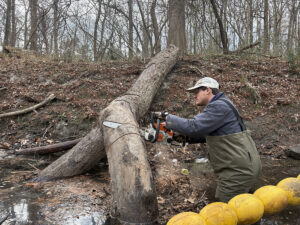
2nd trash trap gets chainsaw treatment
January 15th 2026

Great Blue Heron award recipients
January 15th 2026

Sound Rivers petition delivered to EPA
January 8th 2026

‘No answers’ at second Kingsboro data center meeting
January 8th 2026

Chainsaw-wielding staff take on Little Rock Creek trash trap
January 8th 2026

